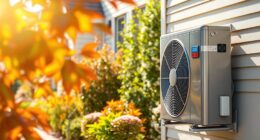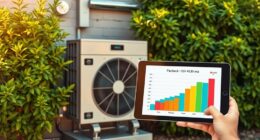Were you aware that heat pumps can be an extremely efficient method to heat and cool your residence?
In our sustainable building guide, we’ll show you how to boost heat pump efficiency and reduce energy consumption.
From understanding efficiency ratings to optimizing sizing and placement, we’ll provide practical tips to help you master the art of a sustainable HVAC system.
Get ready to save money and reduce your carbon footprint with these simple yet effective strategies.
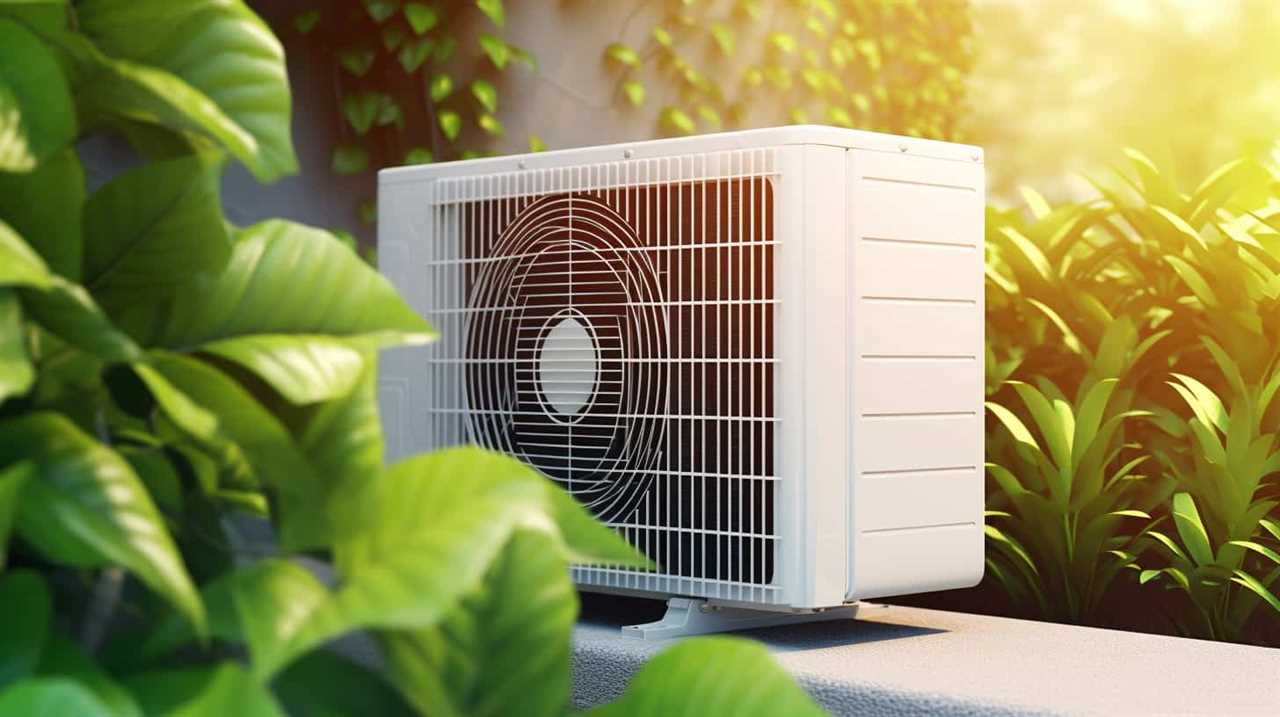
Key Takeaways
- Heat pump efficiency ratings determine performance and energy savings.
- Incorporate energy recovery ventilation (ERV) or heat recovery ventilation (HRV) systems.
- Choose a heat pump size that matches the heating and cooling load of the building.
- Upgrade to energy-efficient windows to prevent heat loss and maximize energy savings.
Understanding Heat Pump Efficiency Ratings
We frequently rely on understanding heat pump efficiency ratings to make informed decisions about our sustainable building projects. Heat pump efficiency standards play a vital role in determining the performance and energy savings of these systems. By considering these ratings, we can ensure that the heat pump we choose will provide optimal heating and cooling while minimizing energy consumption.
The benefits of heat pump technology are numerous, including reduced greenhouse gas emissions, lower operating costs, and improved comfort. Heat pumps are highly efficient because they transfer heat instead of generating it, making them a more sustainable option compared to traditional heating and cooling systems. Understanding efficiency ratings allows us to select the most efficient heat pump for our specific needs, ensuring maximum energy savings and environmental impact reduction.
Transitioning into the subsequent section about designing an energy-efficient HVAC system, we can now explore how to incorporate these efficient heat pumps into our overall design.
Designing an Energy-Efficient HVAC System
To create an energy-efficient HVAC system, our design should prioritize the integration of heat pumps and other sustainable technologies. Here are three key considerations for designing an energy-efficient HVAC system:
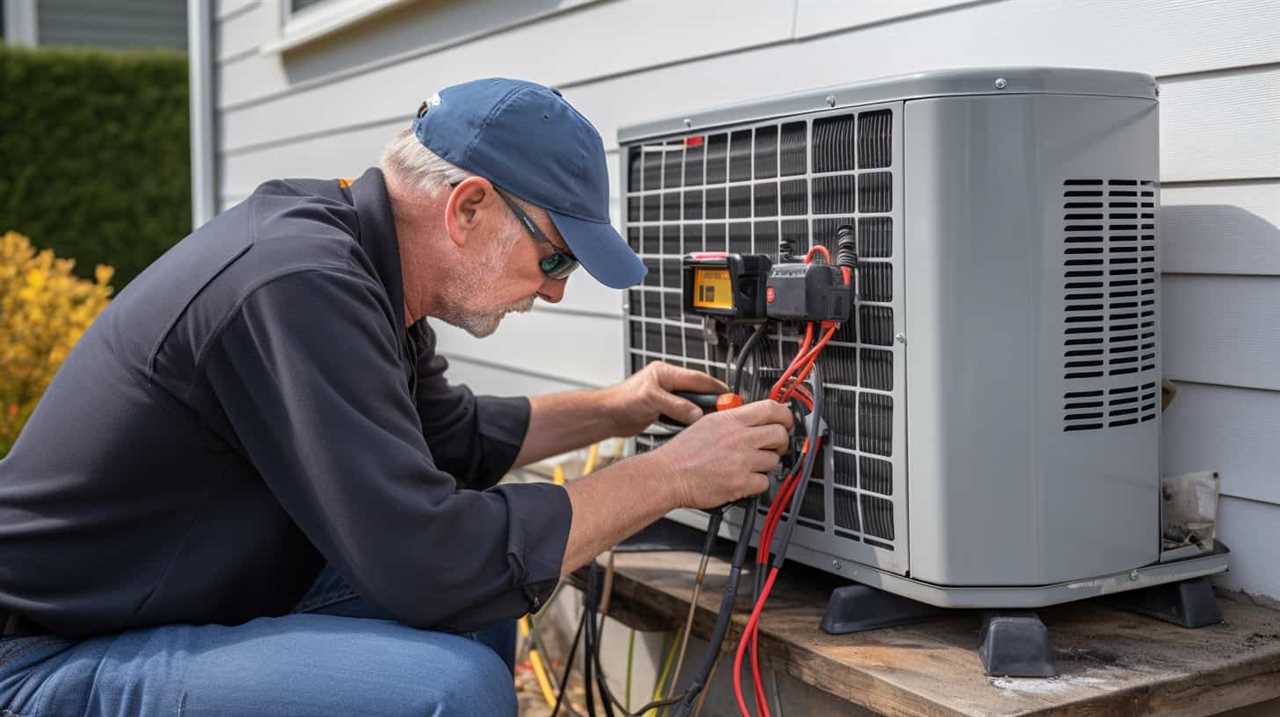
-
Energy efficient ventilation systems: Incorporating energy recovery ventilation (ERV) or heat recovery ventilation (HRV) systems can significantly reduce energy consumption by recovering and reusing heat from exhaust air to pre-condition incoming fresh air.
-
Integrating renewable energy sources: By integrating renewable energy sources such as solar panels or wind turbines into the HVAC system, you can further reduce reliance on traditional energy sources and lower overall energy consumption.
-
Optimizing system controls: Implementing advanced control systems and smart thermostats can help regulate temperature, humidity, and airflow more efficiently, ensuring optimal comfort while minimizing energy waste.
Optimizing Heat Pump Sizing and Placement
Proper heat pump sizing and strategic placement are crucial for maximizing efficiency and performance. When it comes to heat pump sizing, it’s important to choose a unit that matches the heating and cooling load of your building. Oversized or undersized units can lead to inefficiency and increased energy consumption. To determine the right size, consider factors such as the size of your space, insulation levels, and climate conditions.
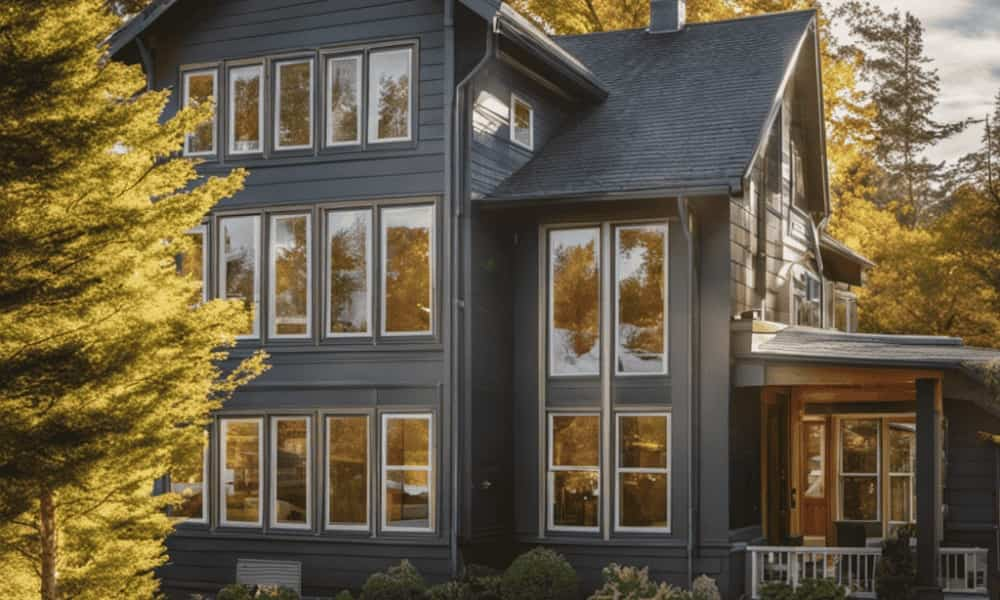
Additionally, the placement of your heat pump can greatly impact its efficiency. Ensure that it’s located in a well-ventilated area, away from obstructions or heat sources.
Regular heat pump maintenance is also essential for optimal performance. This includes cleaning or replacing air filters, checking refrigerant levels, and inspecting the outdoor unit for debris.
If you encounter any issues, timely heat pump troubleshooting can help identify and resolve problems before they escalate.
Implementing Effective Insulation and Air Sealing
By focusing on effective insulation and proper air sealing, we can significantly enhance the efficiency of our heat pump system. Here are three key ways to implement effective insulation and air sealing:
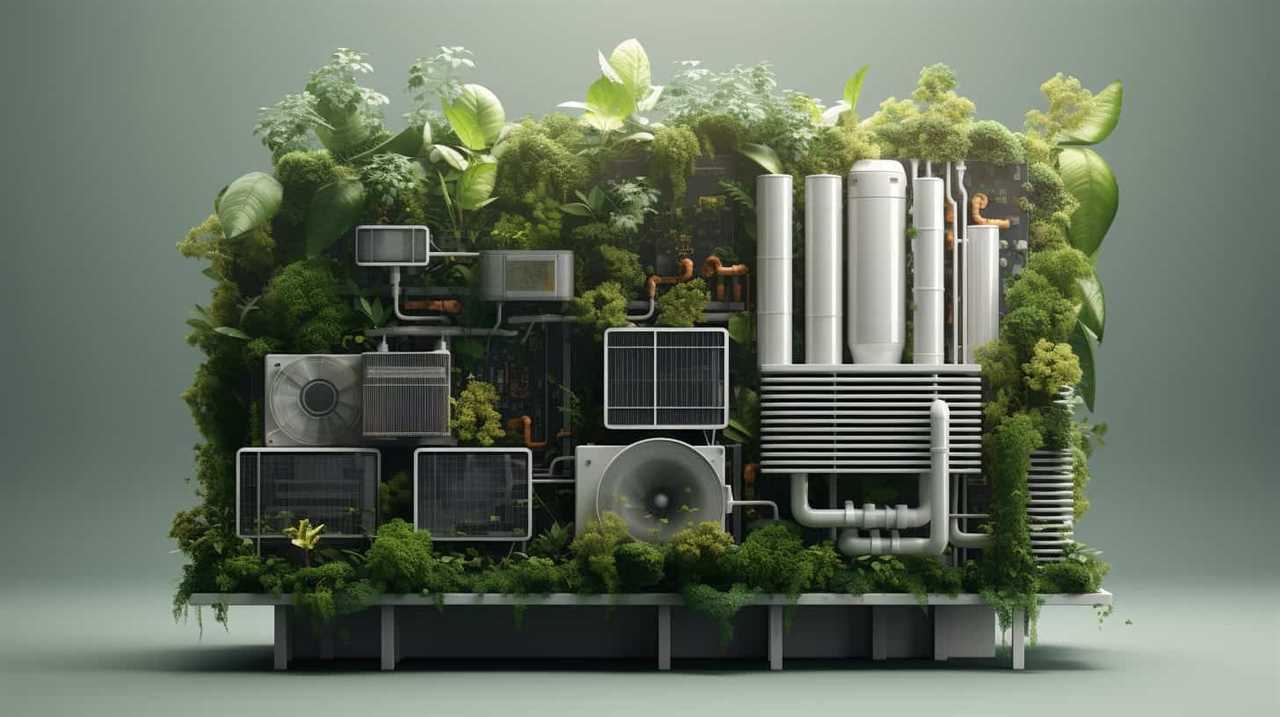
-
Upgrade windows: Investing in energy-efficient windows can prevent heat loss in the winter and keep cool air inside during the summer. Look for windows with low U-factors and high solar heat gain coefficients to maximize energy savings.
-
Seal air leaks: Identify and seal any gaps, cracks, or openings in your home’s envelope to prevent air leakage. Common areas to check include doors, windows, and electrical outlets. Using weatherstripping and caulking can help create a tight seal and reduce energy waste.
-
Use renewable energy sources: Consider installing solar panels or utilizing other renewable energy sources to power your heat pump system. This can further reduce your reliance on fossil fuels and lower your carbon footprint.
Utilizing Advanced Controls and Smart Thermostats
By utilizing advanced controls and smart thermostats, we can optimize the efficiency of our heat pump system and effectively manage energy usage.

Advanced control algorithms and energy saving strategies play a crucial role in achieving these goals.
Smart thermostats allow us to set precise temperature schedules, ensuring that the heat pump operates only when necessary.
These devices can also be programmed to adjust temperatures based on occupancy patterns, further reducing energy waste.
Additionally, smart thermostats can be remotely controlled through mobile apps, enabling us to monitor and adjust settings even when we’re away from our building.

This flexibility allows us to maximize energy savings without sacrificing comfort.
Advanced control algorithms analyze data from various sensors to continuously optimize the heat pump’s performance, resulting in improved efficiency and reduced energy consumption.
Frequently Asked Questions
How Much Does It Cost to Install a Heat Pump?
Installing a heat pump involves various factors that can affect the installation cost. These factors include the size of the heat pump, the complexity of the installation process, and any additional requirements such as ductwork or electrical upgrades.
Are Heat Pumps Suitable for All Climates?
Heat pumps are suitable for all climates, as their performance is not affected by temperature. They can provide energy savings by efficiently transferring heat from one place to another, making them a practical choice for sustainable building.
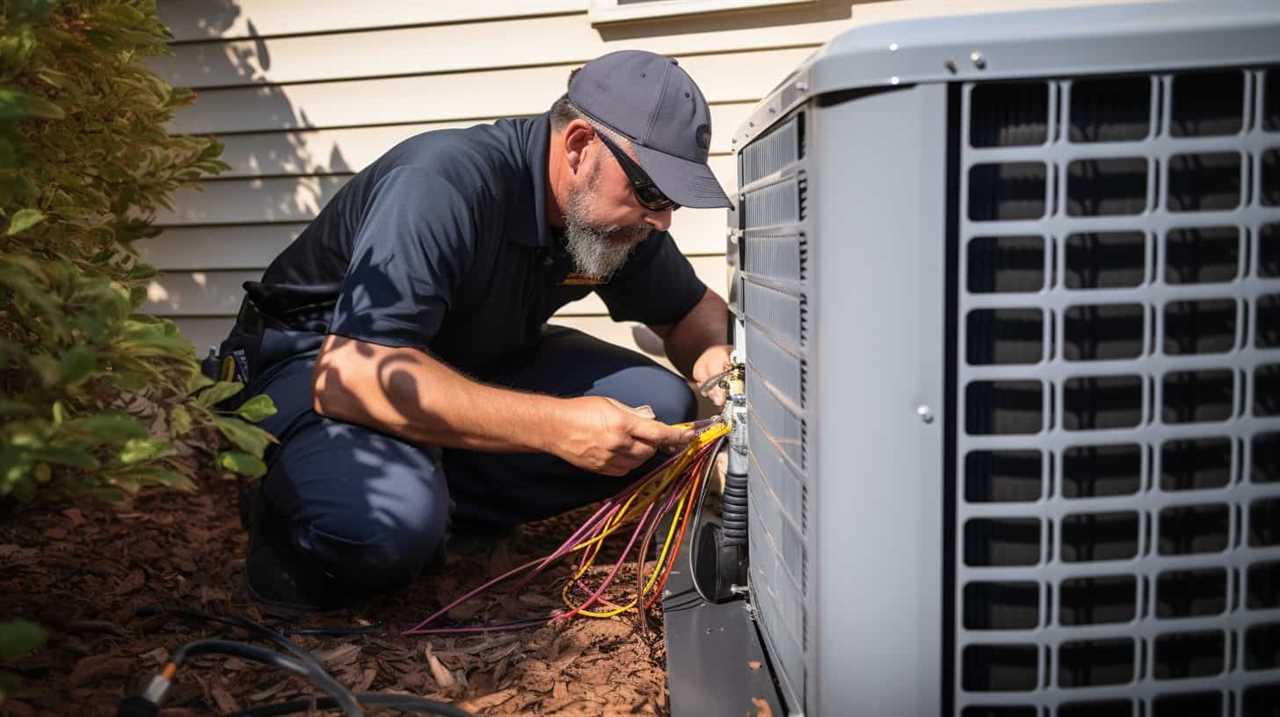
Can I Use My Existing Ductwork With a Heat Pump?
Yes, you can use your existing ductwork with a heat pump. It is important to ensure compatibility with your existing HVAC system and make any necessary adjustments to optimize efficiency and performance.
What Maintenance Is Required for a Heat Pump?
Heat pump troubleshooting and regular maintenance are essential to ensure optimal performance. Signs of heat pump repair needed include reduced heating or cooling capacity, strange noises, and increased energy consumption.
Are There Any Tax Incentives Available for Installing a Heat Pump?
Yes, there are tax incentives available for installing a heat pump. These incentives are designed to promote energy efficiency and help offset the cost of installation. It’s worth exploring these incentives to maximize your savings.
Conclusion
So, when it comes to boosting heat pump efficiency, remember that every step counts. From understanding efficiency ratings to optimizing sizing and placement, implementing effective insulation and utilizing advanced controls, each action takes us closer to a more sustainable future.
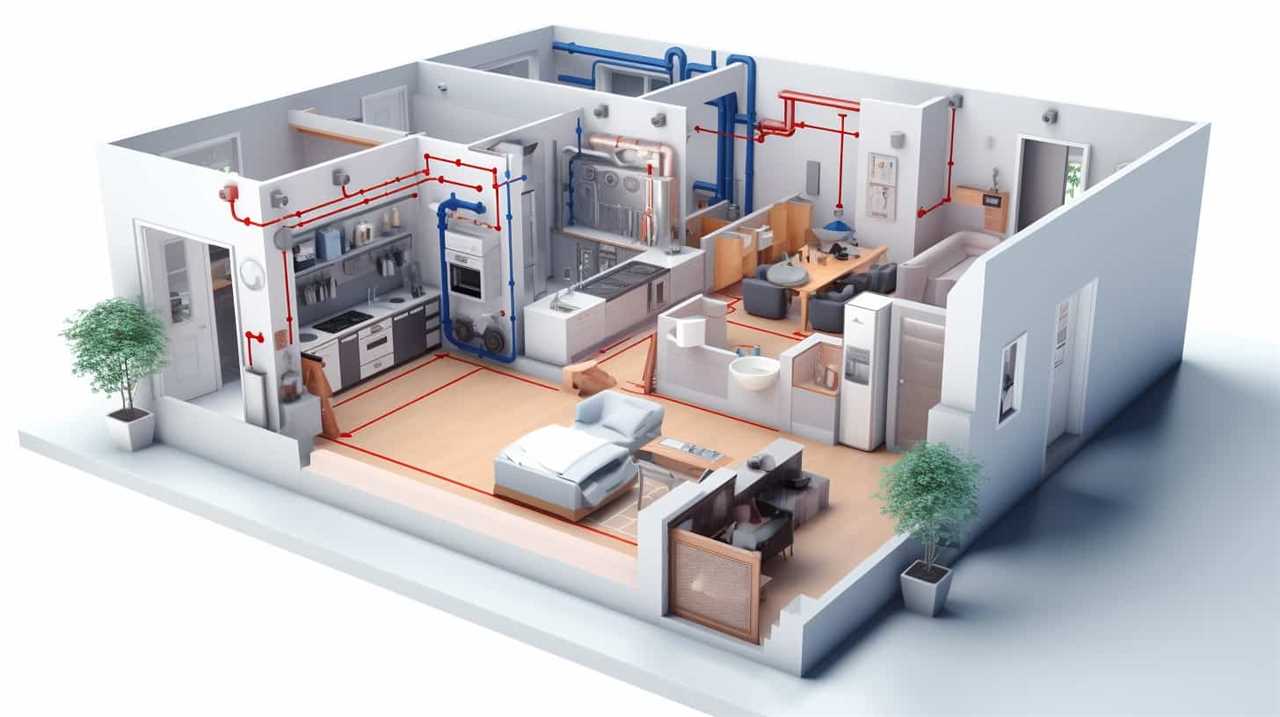
Imagine a world where heating and cooling systems work in harmony with the environment, reducing energy consumption and saving you money. It’s not just a dream – with the right knowledge and actions, it’s a reality we can achieve.
Let’s make it happen.








